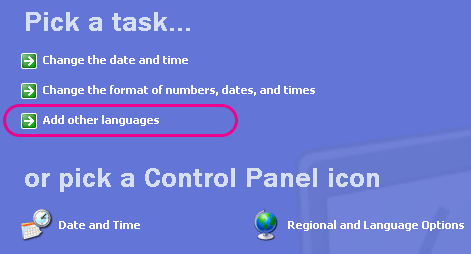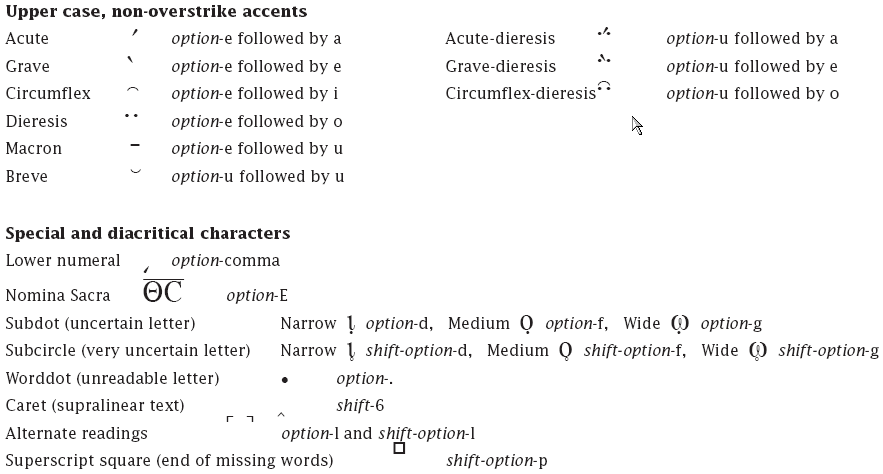
- MODIFY WINDOWS TO ALLOW YOU TO TYPE UNICODE CODEPOINTS HOW TO
- MODIFY WINDOWS TO ALLOW YOU TO TYPE UNICODE CODEPOINTS SOFTWARE
- MODIFY WINDOWS TO ALLOW YOU TO TYPE UNICODE CODEPOINTS WINDOWS
MODIFY WINDOWS TO ALLOW YOU TO TYPE UNICODE CODEPOINTS WINDOWS
Unicode-based fonts installed on your Microsoft ® Windows ® operating system. To see special characters in your document, you may need additional (Æ), a pound sign (£), or a plus/minus sign (+/-). That aren't found on your default keyboard, such as an ae dipthong You can create or read documents that contain special characters The topics in this section have been written for more advanced Notes users. You can also print views (lists of documents in an IBM® Notes® application) and the framesets found in both Notes and the Web. You print a single document or multiple documents at the same time. For example, your Mail has an All Documents view that displays every document contained in the mail application, and a Sent view that displays only documents that you sent. Views display specific documents with similar criteria. They can contain bookmarks or more folders. Bookmark folders organize your bookmarks. Using bookmarks - linking to documents and applicationsīookmarks are links that point to IBM® Notes® applications, views, documents, or Internet elements, such as Web pages and news groups.The IBM® Notes® workspace, the legacy user interface for Notes, displays pages containing Notes application icons. There is also a Quick Links tab that allows you to launch your workspace, Mail, Calendar, and other Notes applications you have recently used. The default Discover page is a central location from which you can find targeted Notes client information more quickly and easily, including new features in the release, introductory material for new users, and helpful hints and tips. IBM® Notes® opens to the Discover page by default, unless you set up Notes to open to an application, such as Mail or Calendar, or to a customized home page. You can use a compose sequence or an extended compose sequence to add a special character to a document. Special characters listed by extended compose sequenceĪ compose sequence is a string of keystrokes that produces a special character.You can create or read documents that contain special characters that aren't found on your default keyboard, such as an ae dipthong (Æ), a pound sign (£), or a plus/minus sign (+/-). Using Unicode to add special characters to documents.You can use different keyboard shortcuts when you are creating or editing a mail message or a document. Keyboard shortcuts to change text and paragraph properties in a document.You can use different keyboard shortcuts to move the cursor when you are creating or editing a mail message or a document. Keyboard shortcuts to move the cursor in a document.You can use keyboard shortcuts when you are creating or editing a mail message or a document. Keyboard shortcuts to select and move text in a document.You can use a number of keyboard shortcuts when using properties boxes. Keyboard shortcuts for properties boxes.

Keyboard shortcuts help users who have a physical disability, such as restricted mobility or limited vision, to use applications successfully.

Note that Ctrl+Shift+L is a keyboard shortcut that displays a list of other available, useful shortcuts. You can use different keyboard shortcuts to navigate through IBM® Notes®. You can use keyboard shortcuts to navigate through and perform tasks in IBM® Notes®. The IBM® Notes® user interface is comprised of views menus, toolbars, navigation panes, and a sidebar that you can use for easy access to some frequently used applications.Īccessibility features help users who have a physical disability, such as restricted mobility or limited vision, to use information technology products.

You can get help that is specific to many of the tasks you are performing, or you can open complete Help on all areas of IBM® Notes®.
MODIFY WINDOWS TO ALLOW YOU TO TYPE UNICODE CODEPOINTS HOW TO
The following table lists features new to the IBM® Notes® 9.0.1 code stream, and tells you how to get started using those features.
MODIFY WINDOWS TO ALLOW YOU TO TYPE UNICODE CODEPOINTS SOFTWARE
Notes is a powerful, multifaceted software for Microsoft® Windows®, Macintosh, and Linux® computers that gives you instant access to all the information that is important to you. Welcome to the latest release of IBM® Notes®.


 0 kommentar(er)
0 kommentar(er)
